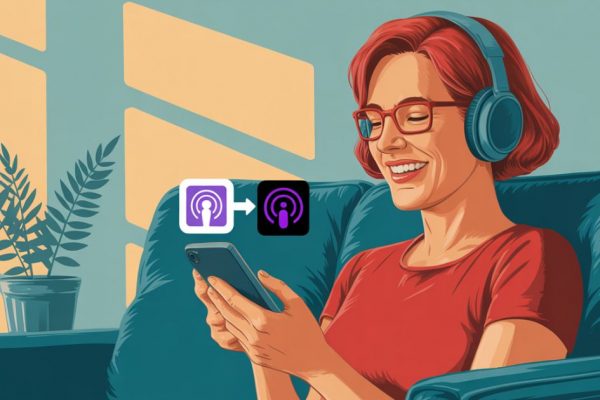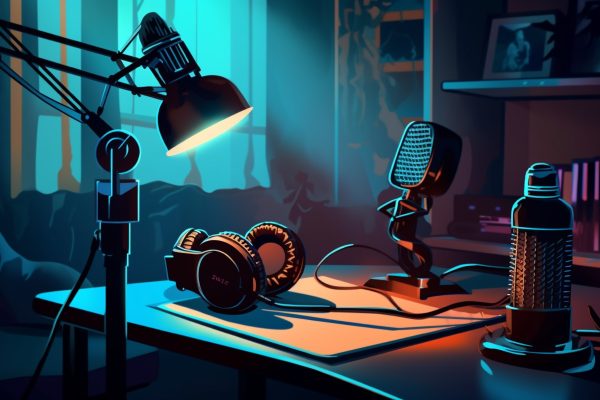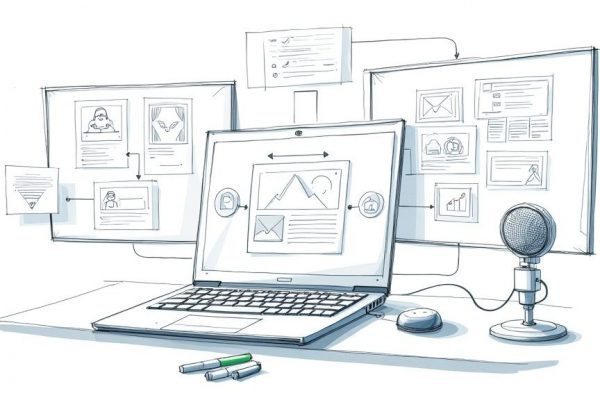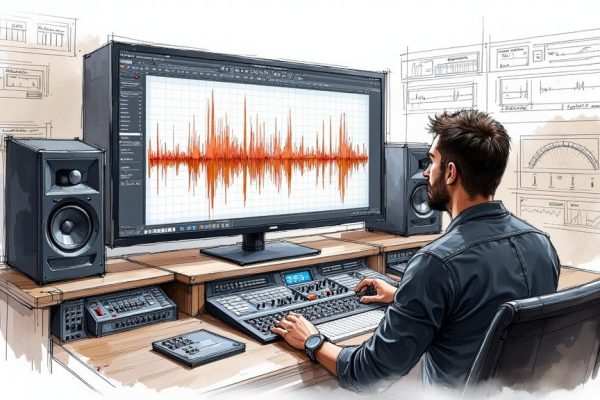
Jennifer from Vegan Tech Nomad - The secrets behind monetizing a social media audience
Creator Heist

Hosted by
Alex Llull
In this episode, we sit with Jennifer from Vegan Tech Nomad.
Jennifer is a very interesting creator. She runs a lifestyle and productivity brand (@vegantechnomad) on Instagram and TikTok while sharing the behind-the-scenes on how she’s doing with that brand on Twitter and her newsletter.
Here’s what we are stealing from her:
- How to manage multiple brands on social media
- The secret behind her viral videos
- How she leverages templates and automation for growth
- What different revenue streams she’s exploring
- Email marketing, sponsorships, and monetizing an influencer business
- And her experiments with monetization and validating ideas through data
Plus, she brought her own data! She literally showed us how much she made last month.
You won’t want to miss this one.
Sources and sponsors
Mumbler is the all-in-one tool for audio creators — Sign up for free
More about Jennifer
Transcription
Other episodes
Other Business episodes you may also like
Last updated episodes on Mumbler
Latest Blog Posts
The true importance of Cross-Promotion: multiply your podcast audience without spending on ads
The biggest challenge for any podcaster today isn’t creating good content, but...Read more
8 Best Podcast Hosting Services in 2025: Comparison and Ultimate Guide
El podcasting es una de las formas de comunicación y entretenimiento más popul...Read more
Podcast production costs: what are they?
Creating content comes at a high cost. It requires time, resources, tools, and...Read more
Master StreamYard: The complete guide to professional live streaming
StreamYard StreamYard is a live streaming platform that works directly from yo...Read more
Podfade: What it is and how to avoid it
Podcasting is an exciting and rewarding medium, but many creators face a commo...Read more
How to normalize audio: professional techniques and step-by-step guide
Understanding audio normalization is essential for achieving balanced and prof...Read more





